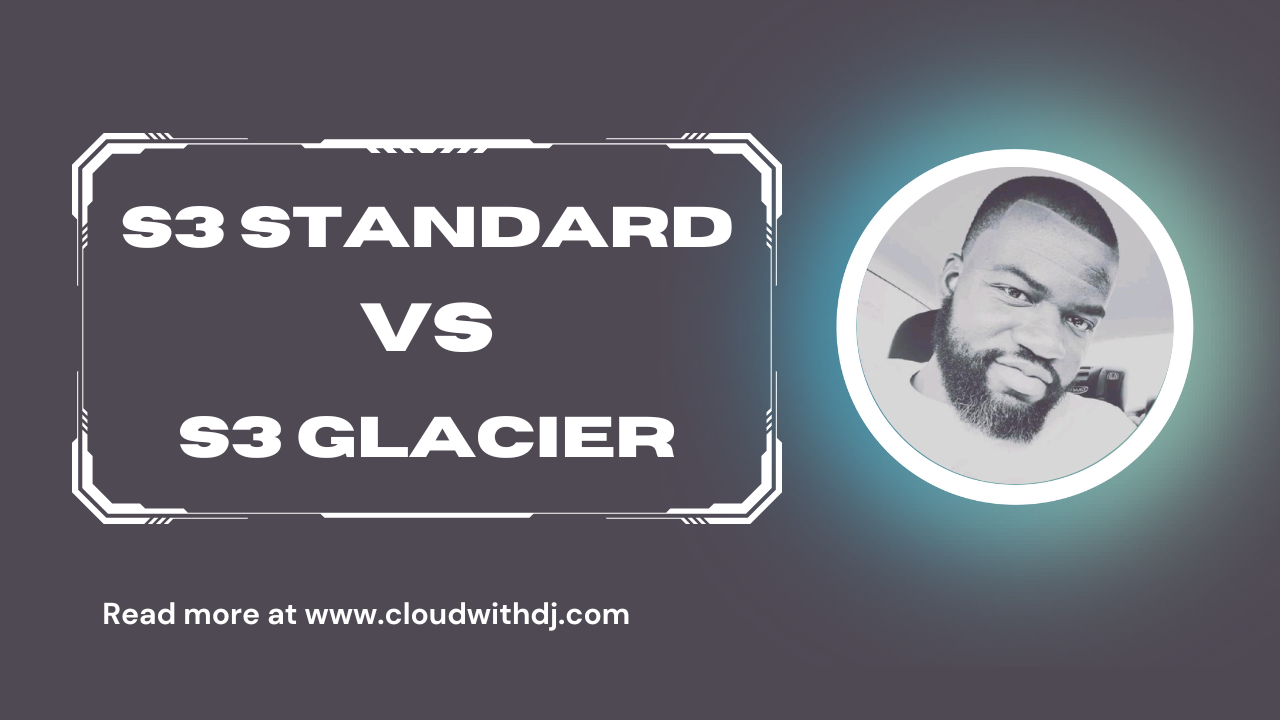When it comes to cloud storage, not all data is created equal. Some data is mission-critical and accessed frequently, while other data needs to be archived for compliance or disaster recovery but may never be touched again. Amazon S3 offers a range of storage classes tailored to different use cases, with S3 Standard and S3 Glacier being two of the most commonly compared options.
In this article, we’ll break down the key differences between S3 Standard and S3 Glacier, and help you determine which is best for your storage needs.
Let’s talk about the basics
S3 Standard
S3 Standard is designed for frequently accessed data that needs high availability and low latency. It’s ideal for active workloads where performance and durability are top priorities.
It’s best for:
-
Real-time analytics
-
Web applications
-
Mobile apps
-
Active media content
Practical Example:
A healthcare platform uses S3 Standard to store patient images and medical records, which are accessed multiple times daily by doctors and staff.
S3 Glacier
S3 Glacier is Amazon’s cold storage solution, designed for data that’s rarely accessed but must be retained for the long term. It offers significantly lower storage costs with trade-offs in retrieval speed.
Best for:
-
Data archiving
-
Compliance and legal records
-
Disaster recovery backups
-
Historical logs and audits
Practical Example:
A financial institution archives 10 years of transaction logs to S3 Glacier to meet regulatory requirements, retrieving data only in the event of an audit.
What are the Key Differences?
| Feature | S3 Standard | S3 Glacier |
|---|---|---|
| Access Frequency | Frequent | Rare |
| Latency | Milliseconds | Minutes to hours (depending on retrieval tier) |
| Storage Cost | Higher | Much lower |
| Retrieval Cost | None for standard access | Charged per retrieval |
| Use Case | Active content | Archive, backup, compliance |
How To Choose the Right One?
- If you need instant access to your data, go with S3 Standard
- If you need to store data long-term but access rarely, go with S3 Glacier
- If you need a blend of performance and cost optimization, use S3 Lifecycle Policies to move data from Standard to Glacier automatically after a set period.
Choosing between S3 Standard and S3 Glacier is all about understanding the nature of your data. If speed and availability matter most, go with S3 Standard. If long-term retention at the lowest cost is the goal, S3 Glacier is a perfect fit. Often, the best approach is a combination of both, starting with S3 Standard and transitioning to Glacier over time.


Leave a Reply